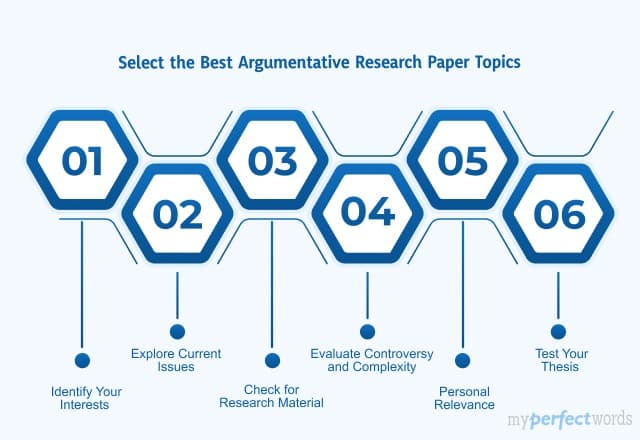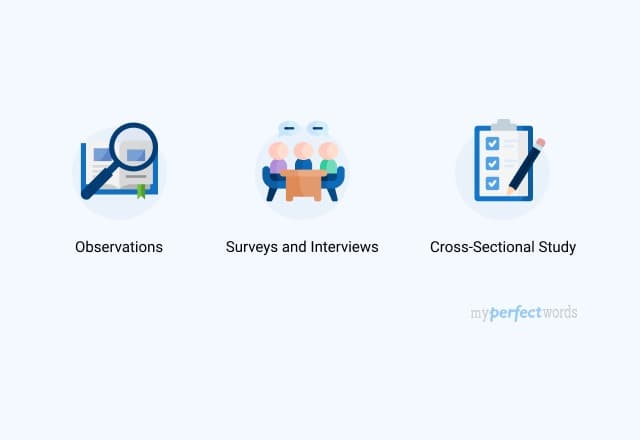
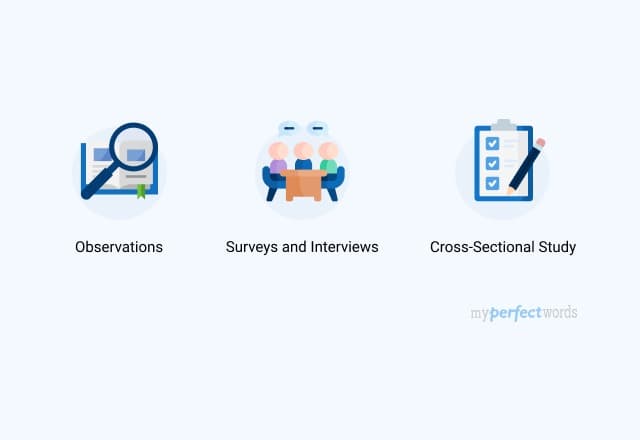
Ever felt a bit lost when it comes to writing the research methodology chapter of your paper? You're not alone – it's tricky!
Without a good research methodology, your hard work might not get the credit it deserves. Feeling a bit stressed about it? That's normal. But here's the good news: our guide is here to make it all clearer. We'll help you step by step, so you can handle it like a pro.
Let's get started!
What is a Research Methodology?
A research methodology is a systematic and detailed account of the methods and techniques employed in gathering and analyzing data.
It explains the methods and steps used to collect and analyze information. It is essentially the "how" of how you conducted the research while writing a research paper. This section includes things like:
- How the overall plan or strategy (research design) was decided.
- How people or subjects were chosen for the study (sampling technique).
- What tools or instruments were used to collect data (instrumentation).
- How the collected data were processed and understood (data analysis).
- The ethical considerations and steps taken to protect participants (ethical considerations).
How to Write a Research Methodology Section
Writing a research methodology involves a systematic approach to outlining the methods and processes used in your study. Here's a detailed breakdown of how to write a research methodology in 4 steps:
Step 1: Explain Your Methodological Approach
In this initial step, introduce the research problem you're investigating.
Define the characteristics you're exploring, the new topic you're delving into, or the cause-and-effect strategy you're employing. Think about the kind of data needed for your research. Answer questions like:
- Do you need quantitative or qualitative data?
- Is primary or secondary data suitable for your research?
- Are you choosing experimental or descriptive data?
This step sets the foundation for your methodology, requiring you to discuss the rationale and assumptions supporting your chosen approach.
Consider whether you are using a standard methodology and explain why it's the best method to answer your research questions. Outline the main criteria for the reliability and validity of your research.
Step 2: Describe Your Data Collection Methods
After establishing your methodological approach, it's crucial to provide a detailed account of the specific methods you'll employ to gather information. Depending on the type of research, you would either choose qualitative or quantitative methods:
Qualitative Data Collection Methods
It often involves open-ended conversations, like interviews or focus groups, to delve deep into a subject.
The goal is to uncover rich, detailed insights and gain a better understanding of the complexities of a particular phenomenon. This method is more flexible and subjective, allowing researchers to explore diverse perspectives and generate new ideas.
Common qualitative research methods include:
1. Interviews
- Creation of interview forms involves careful consideration of the questions to elicit meaningful responses.
- Gathering participants requires a thoughtful approach to selection, ensuring diverse perspectives.
- Recording data in participant observation involves defining methods for capturing observations without interfering with the natural setting.
- Criteria for selecting existing data should be outlined, specifying the relevance and reliability of chosen materials.
2. Observational Research
- Engaging in direct observation entails systematically watching and recording behavior in natural settings.
- Developing an observation guide is essential, outlining specific behaviors or events to focus on during the observation.9o9o
- Ensuring researcher reflexivity is crucial, acknowledging the impact of the observer on the observed and maintaining objectivity.
3. Ethnography
- Immersing oneself in the research environment characterizes ethnography, allowing for a deep understanding of culture and social phenomena.
- Establishing rapport with participants is vital for gaining access and building trust within the community.
- Maintaining detailed field notes captures the nuances of daily life and social interactions.
4. Content Analysis
- Analyzing textual, visual, or audio content involves systematically coding and categorizing the material.
- Developing a coding scheme requires careful consideration of themes or patterns to capture in the analysis.
- Ensuring inter-coder reliability enhances the credibility of the content analysis process.
Quantitative Data Collection Methods
Quantitative research demands a meticulous description of methods to enable replication.
Provide clarity on how variables and operational concepts were measured and discuss the sampling method, materials, tools, and procedures for gathering data.
Common quantitative research methods include:
1. Surveys
- Designing the survey questionnaire involves structuring questions to yield quantifiable responses.
- Selection of a sampling method necessitates a clear strategy for choosing participants representative of the target population.
- Conducting the survey requires adherence to a well-defined process, whether through email, social media, or other distribution channels.
- Tools and procedures for the experiment should be explained in detail to enable replication and validation.
2. Experiments
- Detail the design of the experiment, specifying the manipulation of variables and the overall structure.
- Explain how variables were measured, emphasizing precision and reliability.
- Describe the tools and procedures employed during the experiment to ensure transparency.
3. Cross-Sectional Studies
- Examining a snapshot of a population at a specific point in time characterizes cross-sectional studies.
- Defining the study population and selecting a representative sample are critical steps.
- Administering surveys or assessments uniformly across participants allows for efficient data collection.
4. Longitudinal Studies
- Tracking changes within a population over an extended period characterizes longitudinal studies.
- Establishing a baseline and implementing regular follow-ups are essential components.
- Addressing participant retention challenges ensures the continuity and reliability of longitudinal data.
5. Correlational Research
- Examining the relationships between variables without manipulation characterizes correlational research.
- Calculating correlation coefficients quantifies the strength and direction of relationships.
- Recognizing the limitations in inferring causation is crucial in correlational studies.
6. Case-Control Studies
- Investigating individuals with a specific outcome (cases) compared to those without (controls) characterizes case-control studies.
- Matching cases and controls based on relevant factors enhances the validity of the study.
- Collecting data retrospectively helps establish associations between variables.
Step 3: Describe Your Analysis Method
After collecting your data, the crucial next step is elucidating how you processed and analyzed it.
However, it's essential to note that this stage is not meant for an in-depth discussion of your results; instead, focus on detailing the analytical methods employed.
Qualitative Analysis
For qualitative data, delve into the procedures used to make sense of open-ended responses, observations, or textual content. This may involve:
- Coding and Categorization
- Describe the process of systematically coding and categorizing themes or patterns within your qualitative data.
- Explain the criteria used for assigning codes and how you organized them to derive meaningful insights.
- Describe the process of systematically coding and categorizing themes or patterns within your qualitative data.
- Thematic Analysis
- Elaborate on how you identified and analyzed recurring themes or patterns in your data.
- Discuss the steps taken to ensure consistency and reliability in capturing key themes.
- Narrative Analysis
- If applicable, explain how you examined the narrative structure of your qualitative data.
- Discuss any frameworks or theoretical lenses used to interpret and understand the narratives.
Quantitative Analysis
For quantitative data, provide clarity on the techniques used to process numerical information and draw statistical inferences:
- Statistical Analysis
- Detail the statistical methods employed, such as descriptive statistics, inferential statistics, or regression analysis.
- Explain how you calculated measures like means, standard deviations, or correlation coefficients.
- Data Cleaning and Preprocessing
- Discuss the steps taken to clean and preprocess your data before conducting formal statistical analyses.
- Address any outliers or missing data and explain the rationale behind your handling.
- Software and Tools
- Specify the software or statistical tools used for analysis (e.g., SPSS, Excel, R).
- Detail any specific functions or procedures within the chosen software that were crucial to your analysis.
By clearly articulating the steps taken in your analysis method, you provide a transparent account of how you transformed raw data into meaningful insights.
This approach enhances the reproducibility of your research and allows others to comprehend the rigor applied in drawing conclusions from the collected data.
Step 4: Evaluate and Justify Methodological Choices
Conclude your research methodology by evaluating and justifying the choices you made throughout the process.
Discuss the strengths and weaknesses of your chosen approach. Acknowledge any limitations but explain why the strengths convinced you to opt for this methodology.
This step is crucial for showcasing the thoughtfulness behind your methodological decisions.
By following these steps, your research methodology will provide a clear and comprehensive guide for readers to understand the intricacies of your study.
How to Write A Research Methodology Example
Understanding how to write a research methodology section is not an easy task. But it’s a crucial step which, when done right, adds validity to your research.
Here are some how to write a research methodology sample:
How to Write A Research Methodology PDF
How To Write A Research Methodology In A Proposal
?How To Write A Research Methodology Using Secondary Data
Check out this blog for research paper examples and get a better idea on how to incorporate methodology in research papers!
Tips To Write An Effective Research Methodology
The following are the tips that help you to write a perfect research methodology.
- Clearly articulate study objectives and research questions for a focused approach.
- Integrate relevant literature to provide scholarly context and reinforce method appropriateness.
- Thoughtfully choose methods aligned with your research problem, tailored to its nature.
- Align data collection methods directly with your research problem, whether qualitative or quantitative.
- Seek guidance from professors to refine your methodology and align with academic standards.
- Write with your audience in mind, using accessible language while maintaining academic rigor.
- Organize your methodology logically, ensuring a clear flow from approach to data justification.
- Develop an outline for a structured and organized presentation of your research methods.
- Clearly state reasons for method selection, emphasizing relevance and acknowledging limitations.
- Include pertinent information, avoiding unnecessary details for a comprehensive understanding.
- Discuss and acknowledge challenges faced during research, demonstrating honesty and transparency.
- Collect data from reliable and credible sources, stating criteria for inclusion in your study.
- Thoroughly proofread before submission to enhance professionalism and effectiveness.
Now that you've learned how to write a research methodology, you can dive into your work confidently.
If it still feels too much, don't worry. Tell us to do my paper and we're happy to help.
Our experienced writers can assist with any part of your research paper, making the process easier for you. Whether it's research proposals, literature reviews, methodology, or the whole paper, our experts have got you covered.
So, why miss out? Just say ‘write my research paper’ and get 100% original papers delivered!
-18976.png&w=256&q=75&dpl=dpl_AYdWqr6YZP3djQiriQzFttzLJRom)
WRITTEN BY
Amanda K.
UPenn English grad completing academic assignments. I deliver quality work across subjects and formats.
Keep reading
Research Paper Writing - A Step by Step Guide

Research Paper Examples: Free Samples & Templates for Students

Guide to Creating Effective Research Paper Outline

A Catalog of 300+ Research Paper Topics
-9352.jpg&w=828&q=75&dpl=dpl_AYdWqr6YZP3djQiriQzFttzLJRom)
Research Proposal Writing - A Step-by-Step Guide
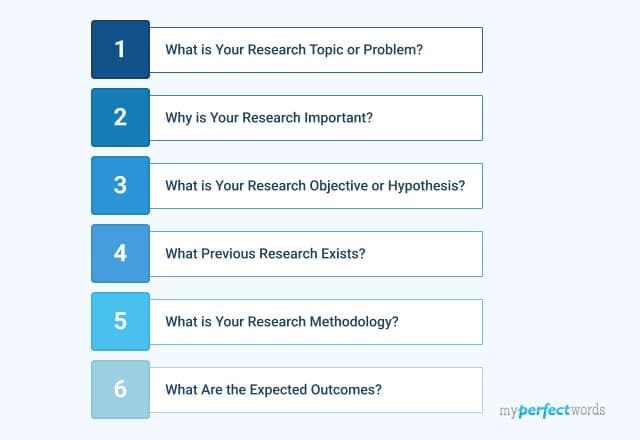
How to Start a Research Paper - 7 Easy Steps
-9374.jpg&w=828&q=75&dpl=dpl_AYdWqr6YZP3djQiriQzFttzLJRom)
How to Write an Abstract for a Research Paper - A Step by Step Guide

Writing a Literature Review For a Research Paper - A Comprehensive Guide
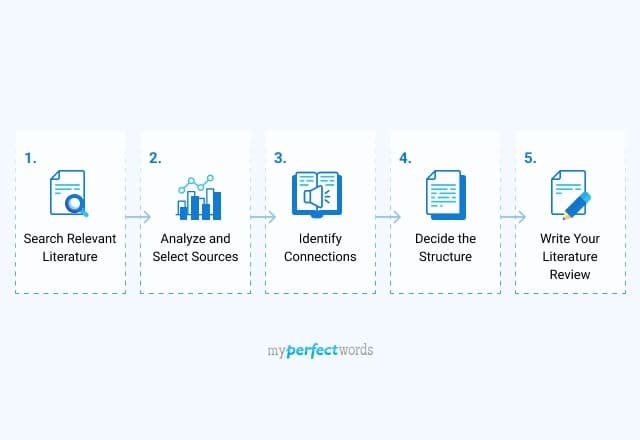
Qualitative Research - Methods, Types, and Examples

8 Types of Qualitative Research - Overview & Examples

Qualitative vs Quantitative Research - Learning the Basics
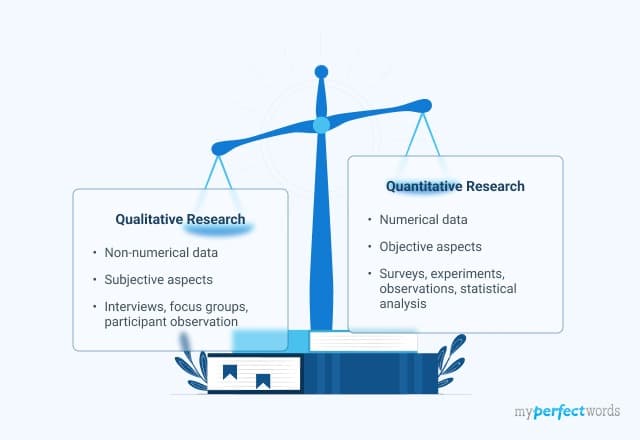
200+ Engaging Psychology Research Paper Topics for Students in 2025

Learn How to Write a Hypothesis in a Research Paper: Examples and Tips!
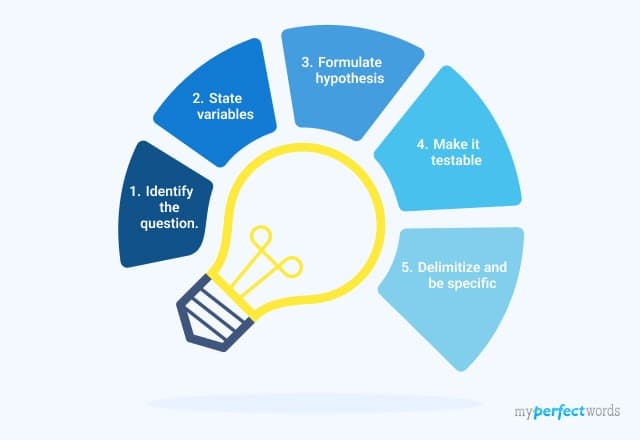
20+ Types of Research With Examples - A Detailed Guide
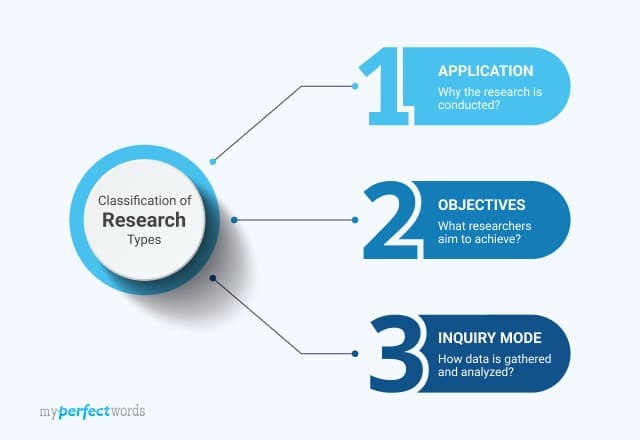
Understanding Quantitative Research - Types & Data Collection Techniques

230+ Sociology Research Topics & Ideas for Students

How to Cite a Research Paper - A Complete Guide

Excellent History Research Paper Topics- 300+ Ideas

A Guide on Writing the Method Section of a Research Paper - Examples & Tips
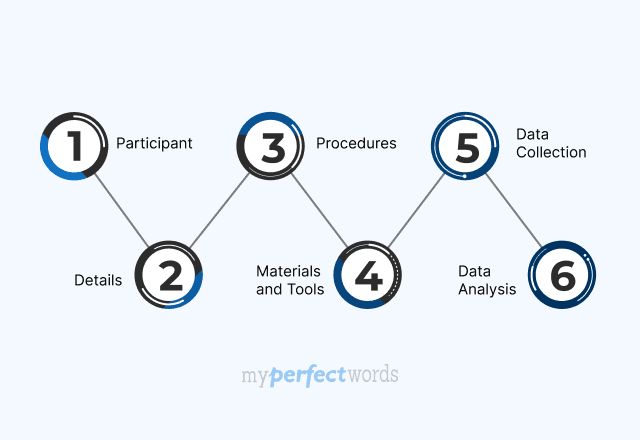
How To Write an Introduction Paragraph For a Research Paper: Learn with Examples
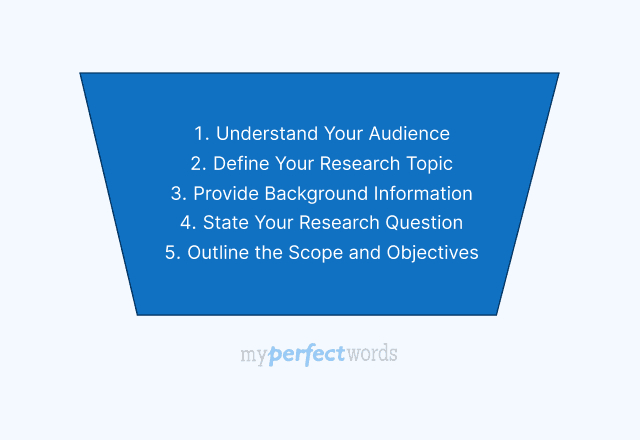
Crafting a Winning Research Paper Title: A Complete Guide
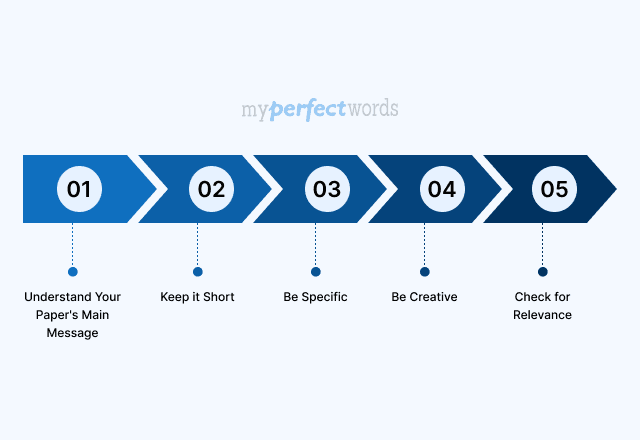
Writing a Research Paper Conclusion - Step-by-Step Guide
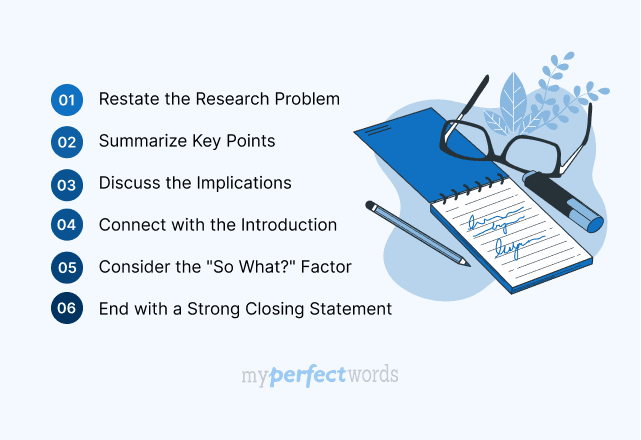
Writing a Thesis For a Research Paper - A Comprehensive Guide
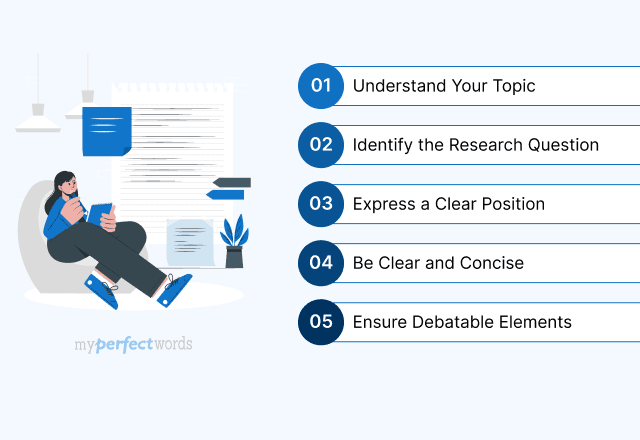
How To Write A Discussion For A Research Paper | Examples & Tips
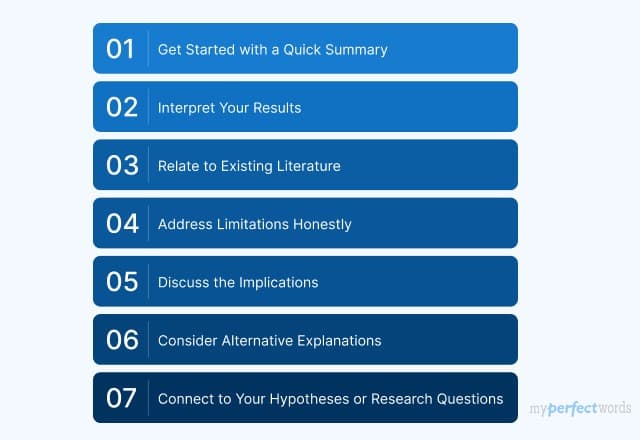
How To Write The Results Section of A Research Paper | Steps & Examples
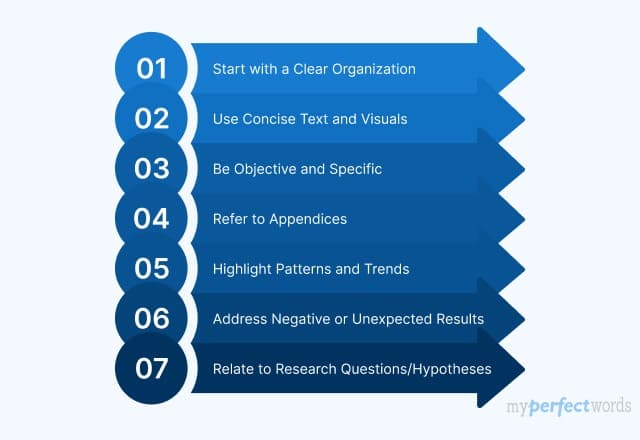
Writing a Problem Statement for a Research Paper - A Comprehensive Guide

Finding Sources For a Research Paper: A Complete Guide
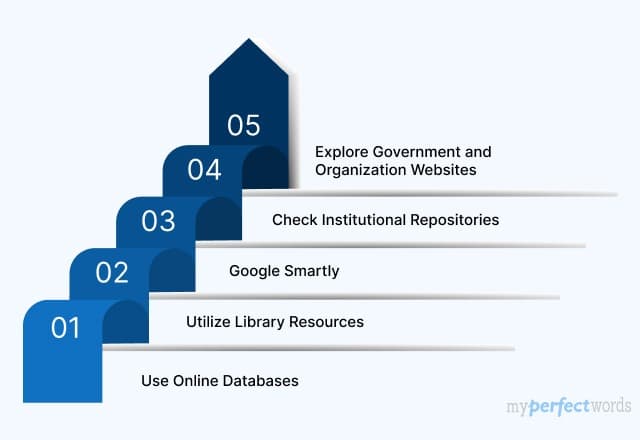
A Guide on How to Edit a Research Paper

200+ Ethical Research Paper Topics to Begin With (2025)
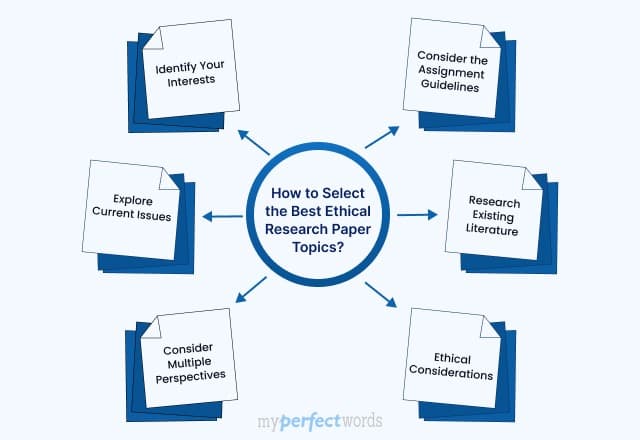
300+ Controversial Research Paper Topics & Ideas - 2025 Edition
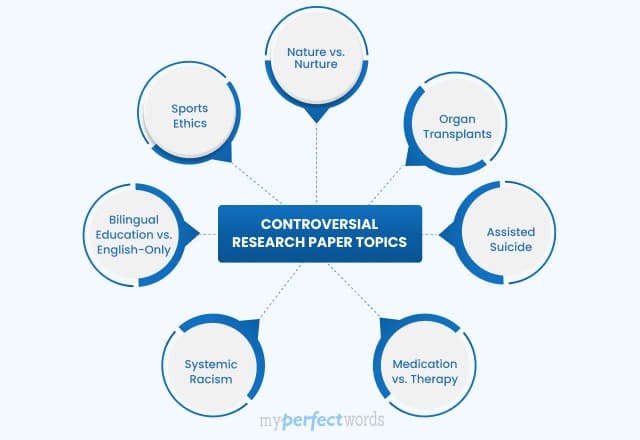
150+ Argumentative Research Paper Topics For You - 2025
